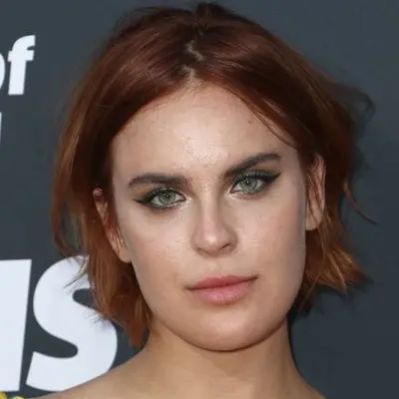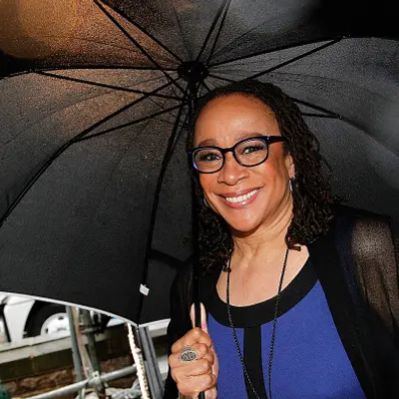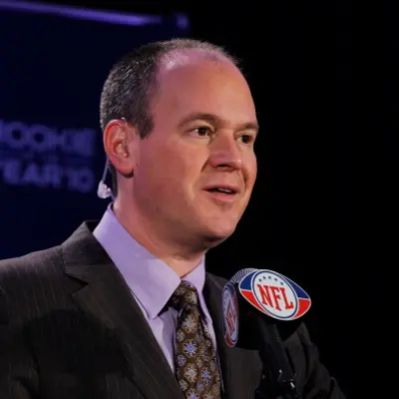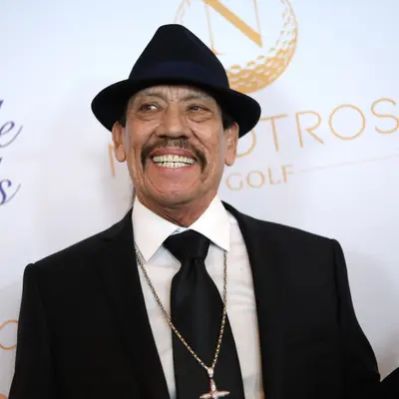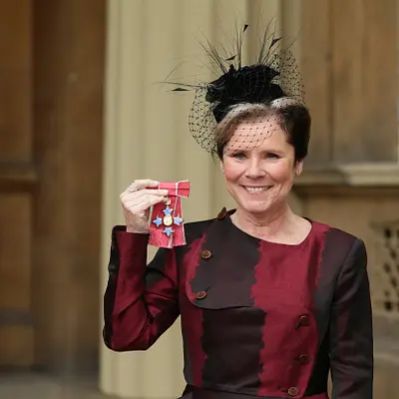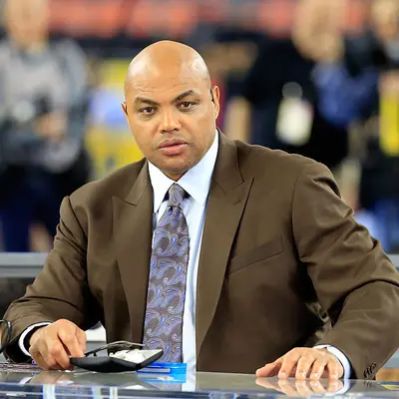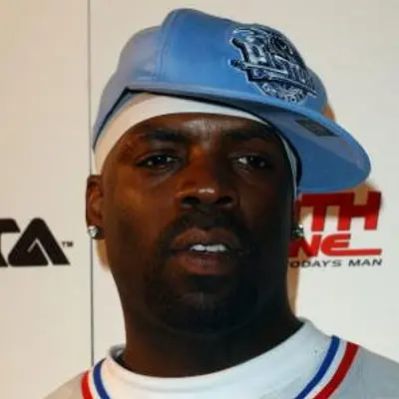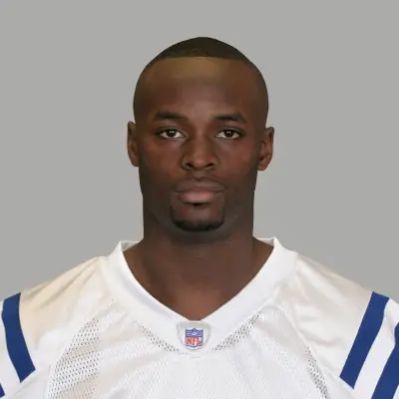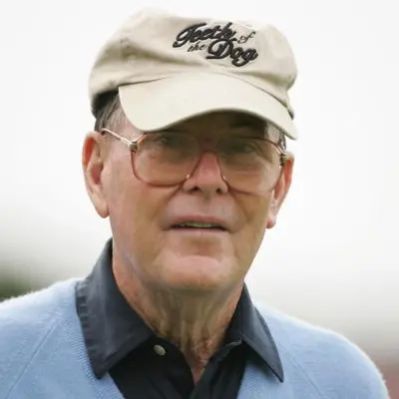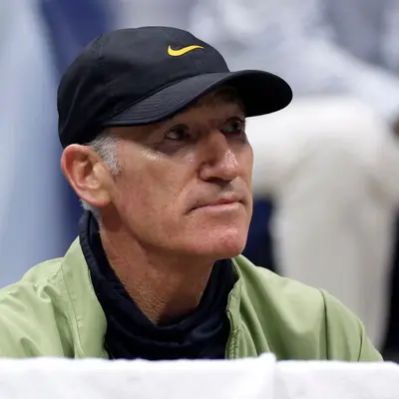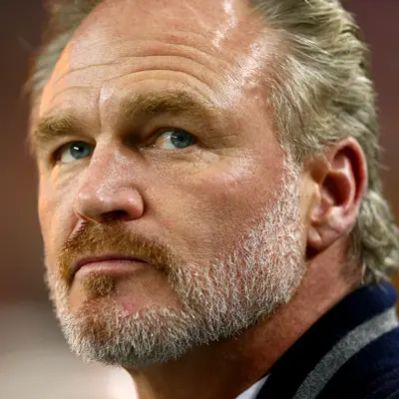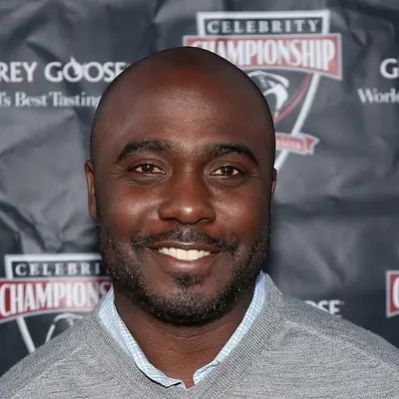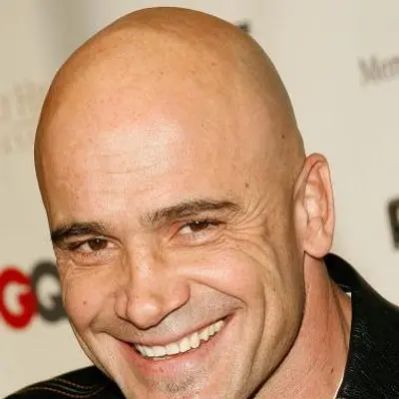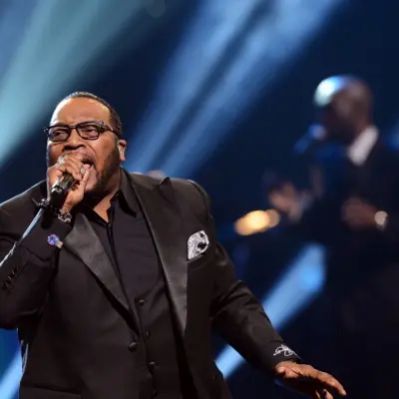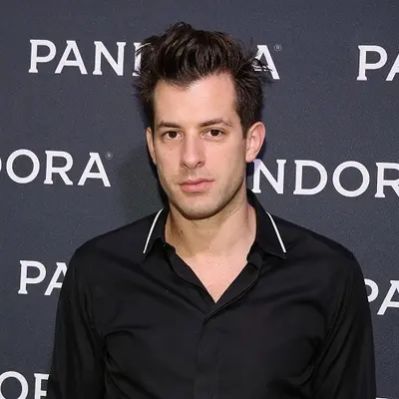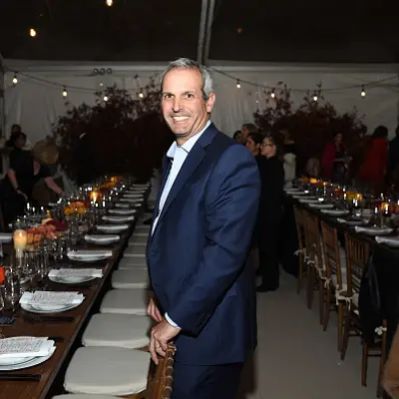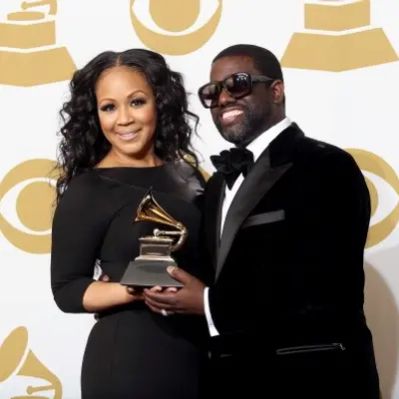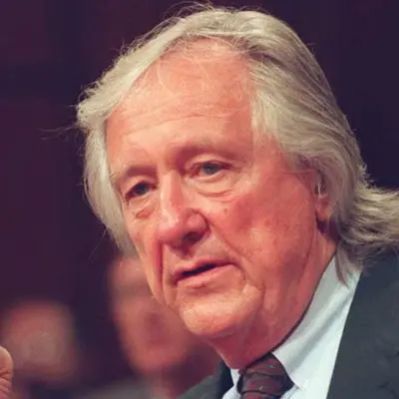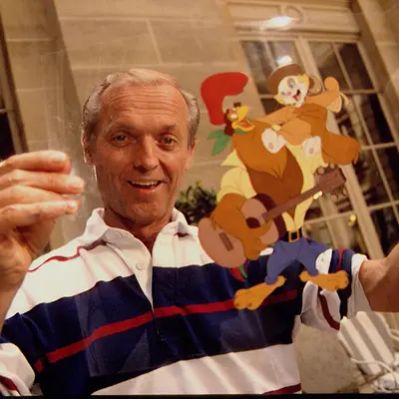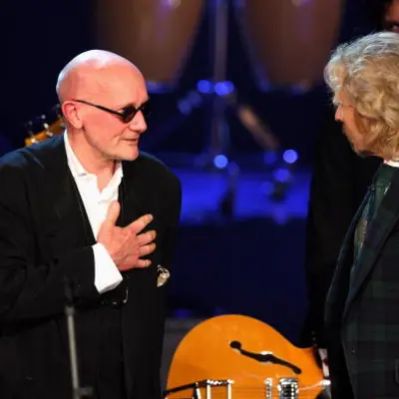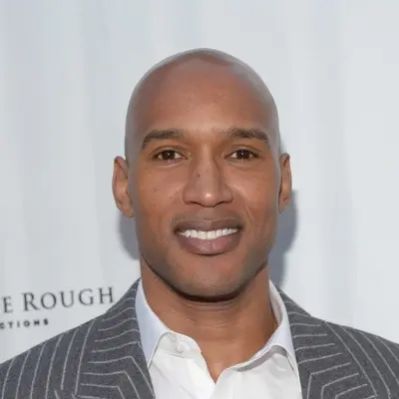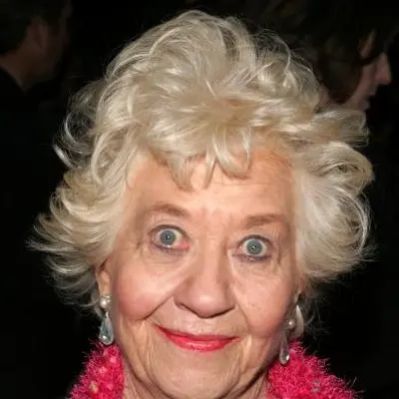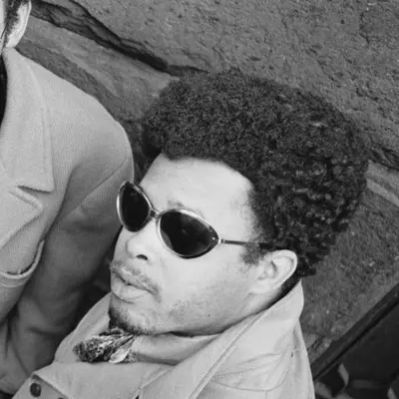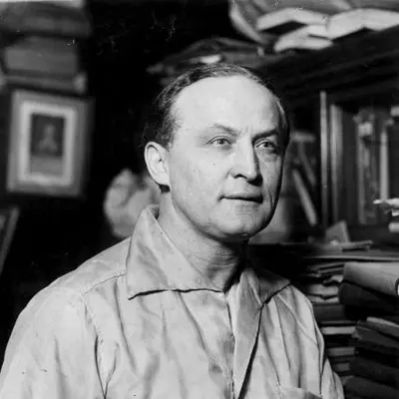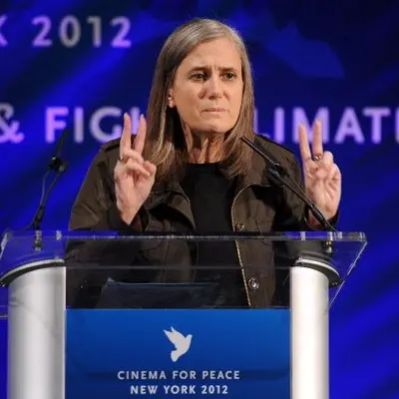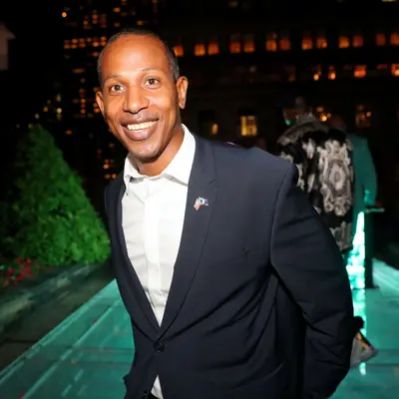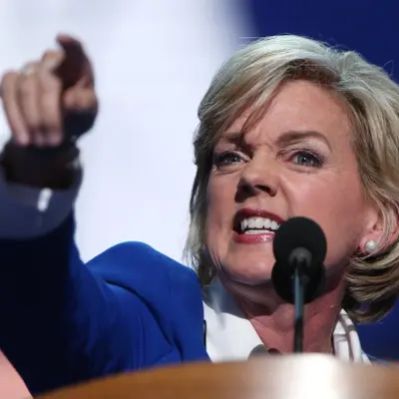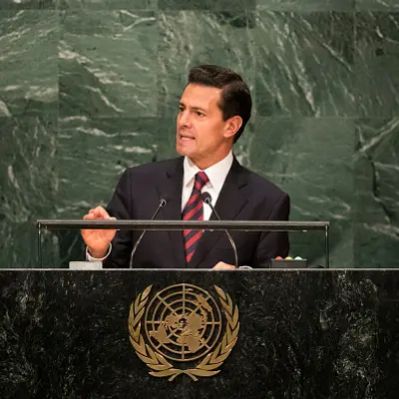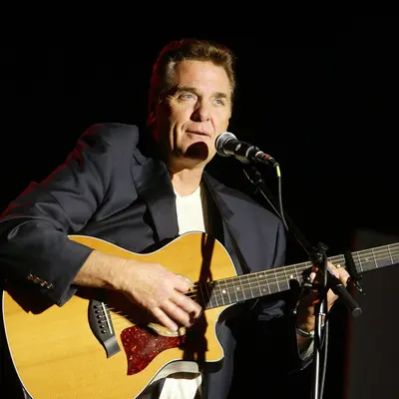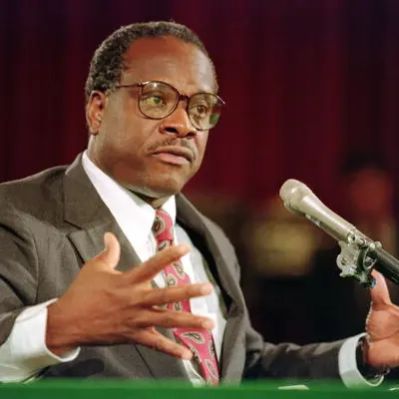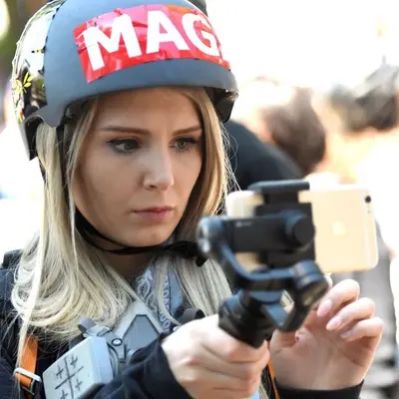What Is Prince Rogers Nelson’s Net Worth?
At the time of his untimely passing in April 2016, Prince Rogers Nelson, known globally as Prince, possessed a net worth estimated between $200 million and $300 million. This valuation hinged significantly on the worth of his image rights and intellectual properties, most notably his extensive music copyrights. Throughout his illustrious career, Prince achieved over 100 million album sales worldwide, establishing himself as one of the most successful and influential concert performers of his time. He was celebrated for his multi-instrumental talent, often playing nearly all instruments on his recordings, which spanned genres from rock and R&B to soul, funk, and more.
Details of Prince’s Estate Value
Prince’s financial legacy is complex, primarily because he owned the rights to most of his work, including the coveted publishing rights to his songs. Following his death, which occurred without a will, his estate was to be divided among six adult family members. One of these heirs, a half-brother, passed away in 2019, further complicating the distribution. The administration of Prince’s estate, managed by Comerica Bank & Trust, initially estimated the total value of assets at $82.3 million. This sum encompassed real estate holdings, music rights, and his name and likeness. However, in January 2021, the Internal Revenue Service (IRS) challenged this valuation, suggesting the estate was significantly undervalued, with a more accurate worth closer to $163.2 million.
This discrepancy led to a legal battle, with the IRS seeking an additional $32.4 million in federal taxes for the 2016 tax year, plus a $6.4 million penalty for inaccuracies. Comerica and Prince’s estate contested these claims, leading to a trial. Ultimately, in January 2022, an agreement was reached between the IRS and the estate administrators, setting the estate’s value at $156.4 million. The agreement stipulated that the estate would be evenly split between Prince’s music company, Primary Wave, and three of his oldest family heirs. However, the division was marred by the deaths of two of the six sibling heirs during the six-year period following Prince’s death.
Assets Controlled by Prince at the Time of His Death
The dispute between the IRS and Comerica provided detailed insights into Prince’s assets and their estimated values. Here is a breakdown of the most significant assets:
- NPG Publishing: The entity owning his songwriting copyrights was valued at $21 million by Comerica and $37 million by the IRS.
- “Writer’s Share” of Songwriting Catalog: Valued at $11 million by Comerica and $22 million by the IRS.
- NPG Records: Prince’s record label was assessed at $19.4 million by Comerica and $46.5 million by the IRS.
- Paisley Park: The 149-acre property in Chanhassen, Minnesota, was valued at $11 million by Comerica and $15 million by the IRS.
Prince Rogers Nelson’s Early Life and Career Beginnings
Prince Rogers Nelson was born on June 7, 1958, in Minneapolis, Minnesota. His mother, Mattie Della, was a jazz singer, and his father, John Lewis Nelson, was a pianist and songwriter. Both parents and all grandparents hailed from Louisiana, contributing to his rich musical heritage. Prince’s sister, Tyka, was born two years after him. Encouraged by their parents, both siblings developed a strong interest in music. Prince wrote his first song on his father’s piano at age seven.
The divorce of Prince’s parents when he was ten led to a fractured relationship with both parents and stepparents, causing him to move frequently between homes. His father eventually kicked him out. During his time at Central High School, Prince participated in football, basketball, and baseball. He also studied at the Minnesota Dance Theatre and continued playing recreational basketball as an adult.
In 1973, Prince met songwriter and producer Jimmy Jam, who was impressed by his musical talent and mastery of various instruments. Prince created his demo tape in 1976 with producer Chris Moon in Minneapolis. After an initial failure to secure a recording contract, Moon brought the tape to Owen Husney, a Minneapolis businessman, who signed Prince to a management contract. Husney helped him create a new demo tape that attracted interest from several major record companies. Prince ultimately signed with Warner Bros. Husney and Prince moved to Sausalito, California, to record his first album at Record Plant Studios.
Musical Career: Albums, Singles, and Success
Prince released his first album, “For You,” on April 7, 1978. He wrote, arranged, composed, produced, and played all 27 instruments on the recording himself. His self-titled album “Prince,” released in October 1979, catapulted him to fame with hits like “Why You Wanna Treat Me So Bad?” and “I Wanna Be Your Lover.” In 1980, he released “Dirty Mind,” known for its sexually explicit content, which achieved Gold status. Prince made his first appearance on “Saturday Night Live” in 1981, performing “Partyup.” He toured in support of his next album, “Controversy,” opening for the Rolling Stones on their US tour.
From 1984 to 1989, Prince referred to his band as The Revolution. Prince insisted on a deal to star in a film, resulting in the hit movie “Purple Rain” in 1984. Prince starred in the film and created its soundtrack, which sold over 13 million copies in the US. “Purple Rain” spent 24 weeks at #1 on the Billboard charts, and Prince won an Oscar for Best Original Song Score. Songs from the film, such as “When Doves Cry” and “Let’s Go Crazy,” became international chart-toppers. In 1984, Prince simultaneously had the #1 album, single, and film in the US, a historic achievement.
The album “Purple Rain” featured the track “Darling Nikki,” which led to the founding of the Parents Music Resource Center and the implementation of “Parental Advisory: Explicit Lyrics” labels on records containing lyrics deemed unsuitable for minors.
Prince’s next album, “Around the World in a Day” (1985), went straight to #1 and remained there for three weeks. The single “Raspberry Beret” reached #2 on the charts. His album “Parade” reached #3 and featured the hit single “Kiss.” After his “Hit n Run” tour supporting “Parade,” Prince disbanded the Revolution and fired his co-musicians, Wendy & Lisa.
Prince’s Career in the 1990s and Beyond
During the 1990s, in a dispute with Warner Bros., Prince changed his name to an unpronounceable symbol, often referred to as The Artist Formerly Known as Prince. He reverted to his old name after his relationship with Warner Bros. ended in May 2000. Prince released five records between 1994 and 1996 and signed with Arista Records in 1998. With Arista Records, Prince released 16 more albums. His most successful album of the 2000s was 2004’s “Musicology.” Prince’s final album, “Hit n Run Phase Two,” was released in 2015.
Paisley Park: Studio, Residence, and Legacy
In 1985, Prince founded Paisley Park Records and NPG Records to self-produce and write his music. Paisley Park is also a physical location: a 65,000-square-foot recording complex where Prince lived and worked in Chanhassen, Minnesota. The studio was designed by the BOTO Design architecture firm and officially opened on September 11, 1987. It included two live music venues used as Prince’s rehearsal spaces.
Although the Paisley Park record label folded in 1994, Prince continued to live and record at Paisley Park Studios, often hosting lavish parties for other musicians and entertainers. Prince was found dead in the elevator of Paisley Park on April 21, 2016. His intention was to establish the estate as a public venue similar to Graceland. Tours of Paisley Park began in October 2016, managed by Graceland Holdings. The tours include the studios where Prince recorded, the sound stages where he rehearsed, and thousands of artifacts from his personal archives, including his wardrobe, awards, instruments, rare recordings, cars, and motorcycles. Prince’s ashes were initially displayed in an urn at the main entrance of the park but have since been moved to a vault in the basement containing unreleased material and top-secret songs.
Prince’s Real Estate Holdings
Prince owned several homes around Minneapolis, Minnesota. His primary personal mansion was a 160-acre waterfront property on Lake Lucy and Lake Ann. He also lived in his “Purple House” in Minneapolis. The Star Tribune reported that Prince owned a total of 12 properties in Chanhassen, Minnesota, at the time of his death.
The Carlos Boozer Home Rental Incident
In 2005, Carlos Boozer, then 23, bought an 18,000 square-foot mansion in Bel-Air, Los Angeles. Before moving in, Boozer rented the property to Prince for $95,000 per month for a year. Prince famously replaced the front gate’s decorative lions with his symbol and replaced white Italian carpets with purple ones. He removed the weight room equipment to create a nightclub with a dance floor and DJ booth, and transformed bedrooms into a hair salon and massage parlor. His symbol was emblazoned everywhere, and the walls of the master bedroom were painted purple with a black carpet.
According to Jay Williams, Boozer didn’t recognize his own house after Prince’s modifications. Boozer tried to contact Prince to complain, but Prince was on tour in Japan and didn’t respond for two months. After Boozer threatened to sue, Prince apologized, transferred a $500,000 deposit, and promised to restore the home to its original state by the end of the lease. When Prince vacated the mansion, all the symbols were removed, the carpets were restored, and the nightclub was returned to a weight room. Boozer returned the $500,000 deposit to Prince. Boozer later found photos of the mansion featured in the cover and inside artwork of Prince’s album “3121,” which he had worked on while living there.
The Final Days and Untimely Death of Prince Rogers Nelson
On April 7, 2016, Prince postponed two shows in Atlanta due to the flu. He rescheduled for April 14th and performed his final show that day, despite feeling unwell. On a flight back to Minneapolis the next morning, Prince became unresponsive. His private jet made an emergency landing in Illinois, where Prince was hospitalized and received Narcan, a medicine used to block the effects of an opioid overdose. Against medical advice, he left the hospital and was seen shopping at a record store, cycling, and at an impromptu dance party at Paisley Park the next day.
A 911 call was made on the morning of April 21st requesting an ambulance to Paisley Park. Prince was found unresponsive, and paramedics performed CPR, but it was determined that he had been dead for over six hours. On June 2nd, it was officially announced that Prince had died of an accidental overdose of opioid Fentanyl at the age of 57.
Accolades and Personal Life
Prince won a Golden Globe, seven Grammy Awards, and an Academy Award during his career. He reportedly had several hundred unreleased songs in his catalog. He was posthumously inducted into the R&B Music Hall of Fame in 2016.
Prince married Mayte Garcia in 1996, when he was 37 and she was 22. They had a son, Amir Nelson, in 1996, who died at one week old from a rare genetic syndrome. The couple divorced in 2000. Prince was married to Manuela Testolini from 2001 to 2006. Prince followed a strict vegan diet and became a Jehovah’s Witness in 2001. He kept his philanthropy private, but after his death, his humanitarian and charitable efforts became widely known. He anonymously donated large sums to libraries and paid off the medical bills of struggling musicians, among other charitable acts.
 Net Worth Ranker
Net Worth Ranker







